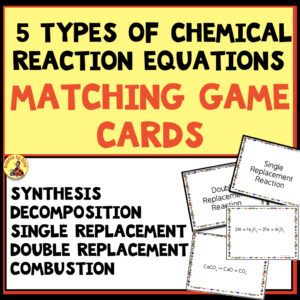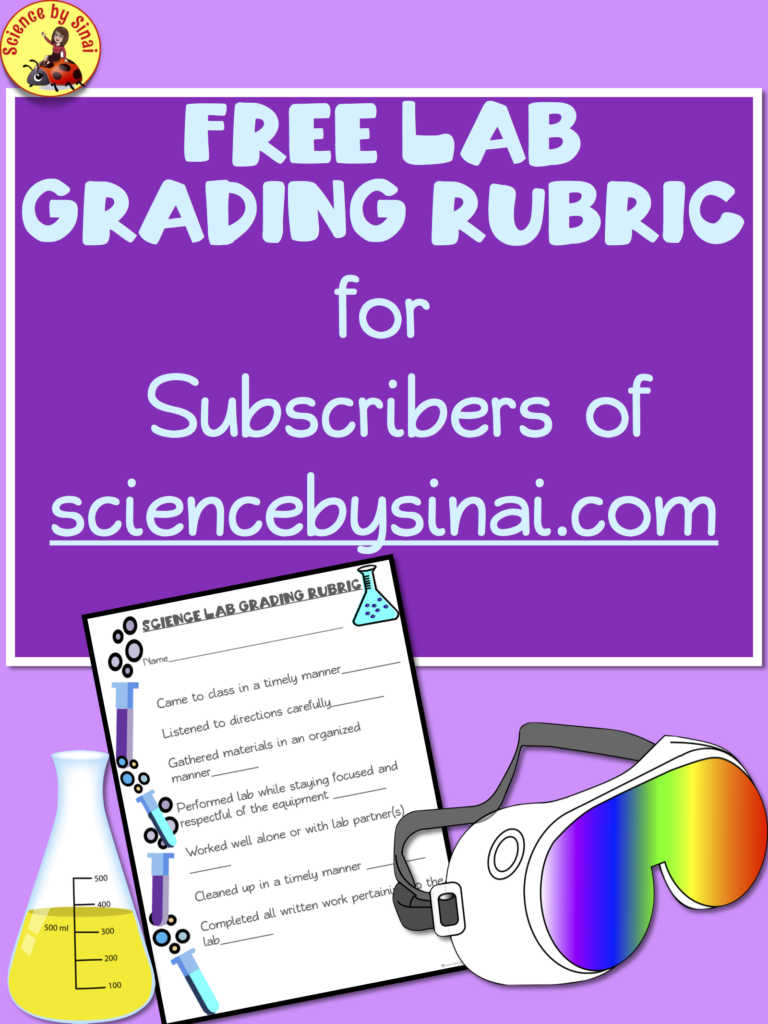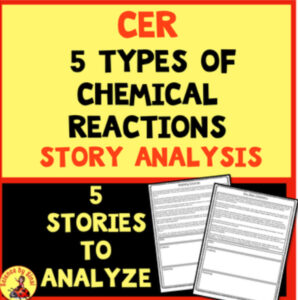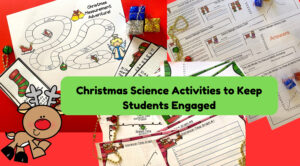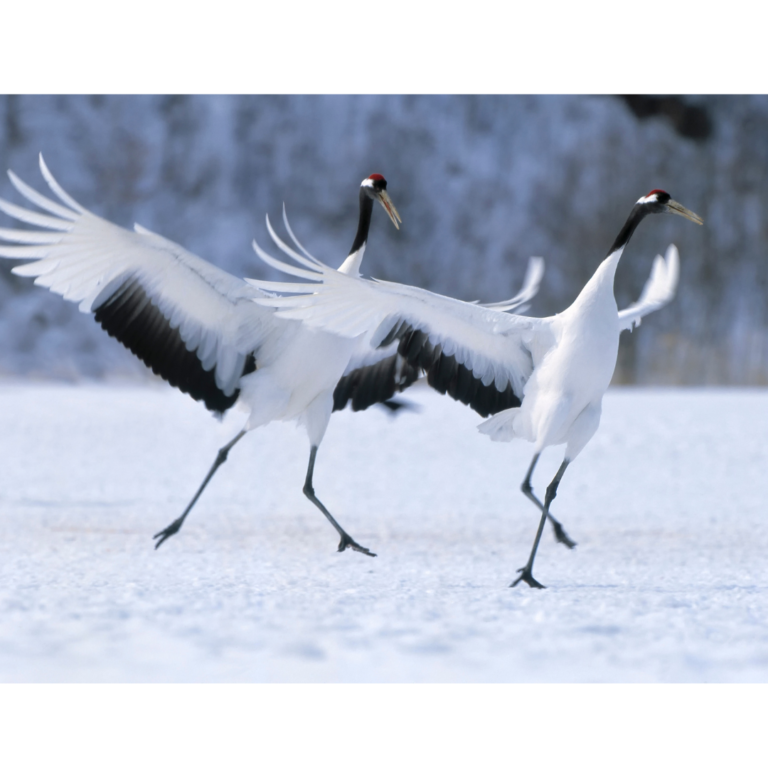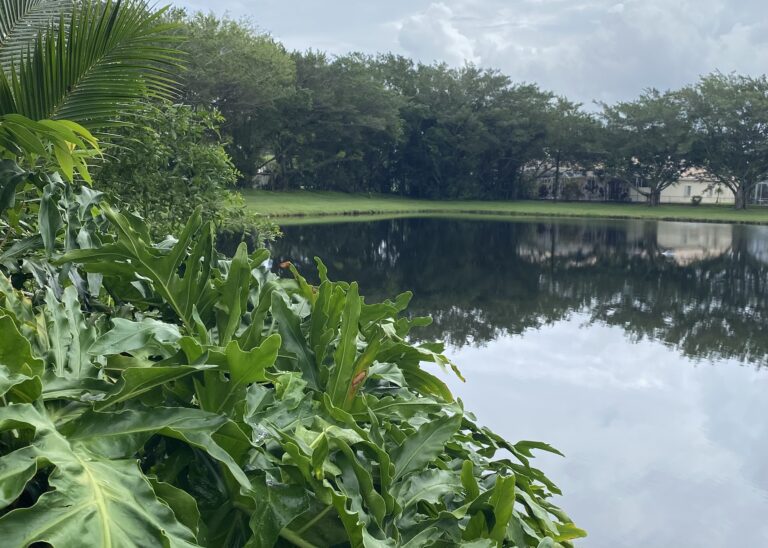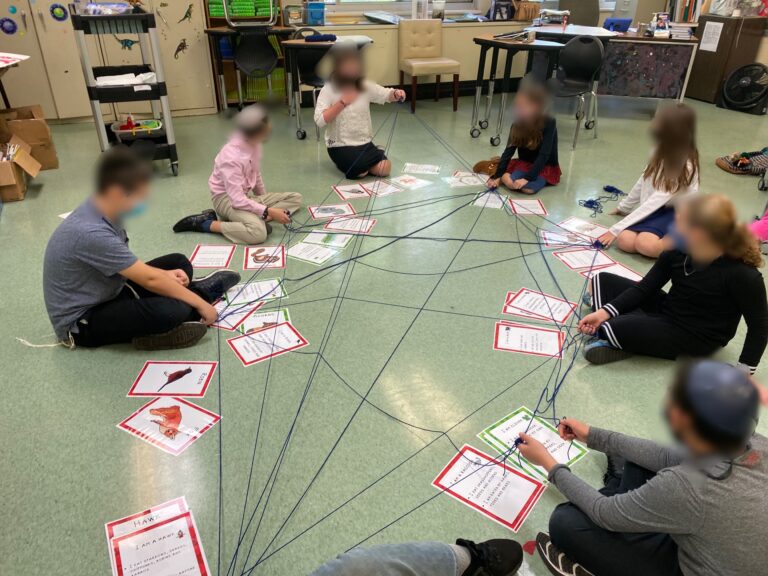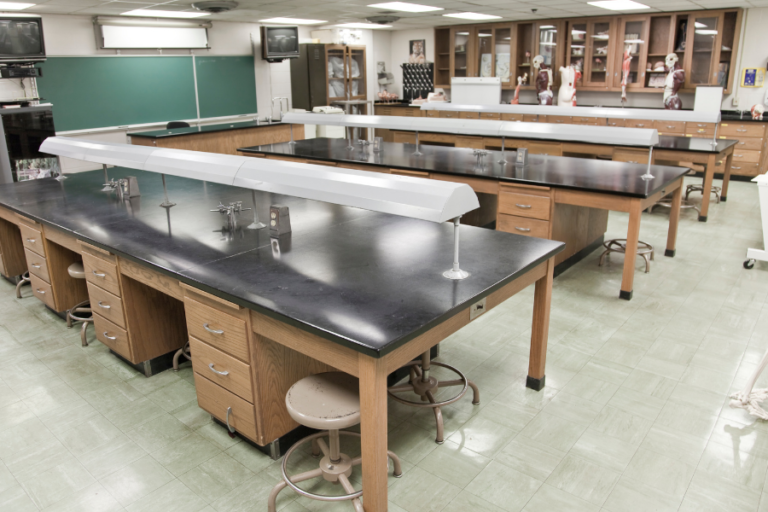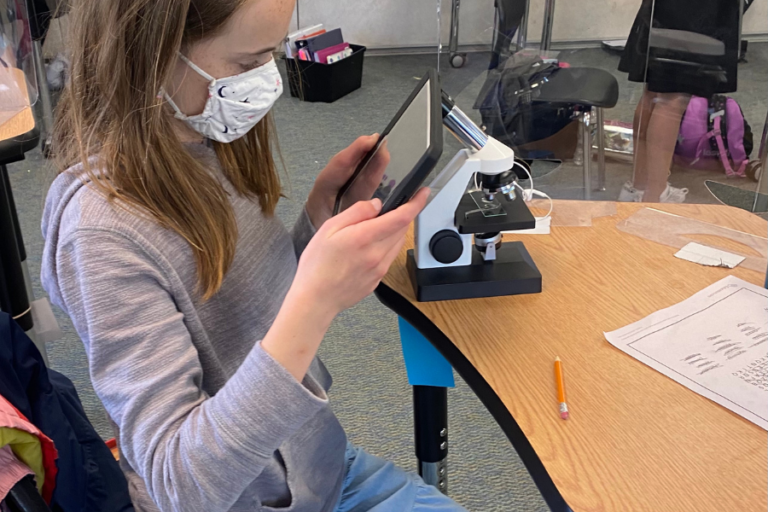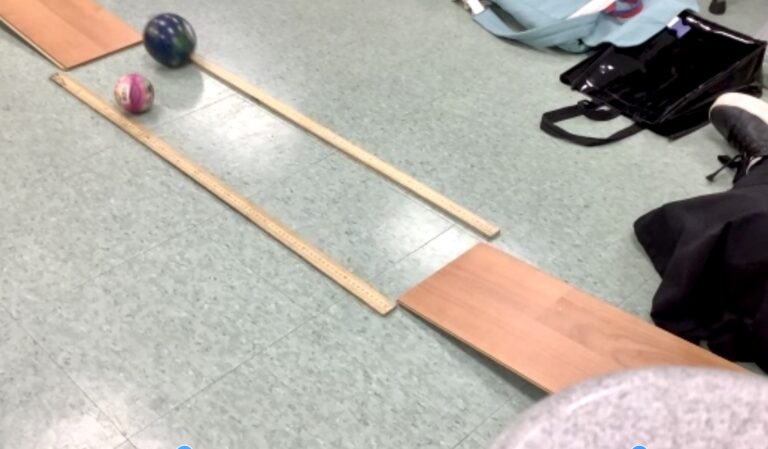How to Cheaply Teach Chemical Reactions to Middle School
Have you been reluctant to teach chemistry reactions in your middle school classroom because of the cost? Do you think of chemistry as being only done in an expensively equipped high school lab?
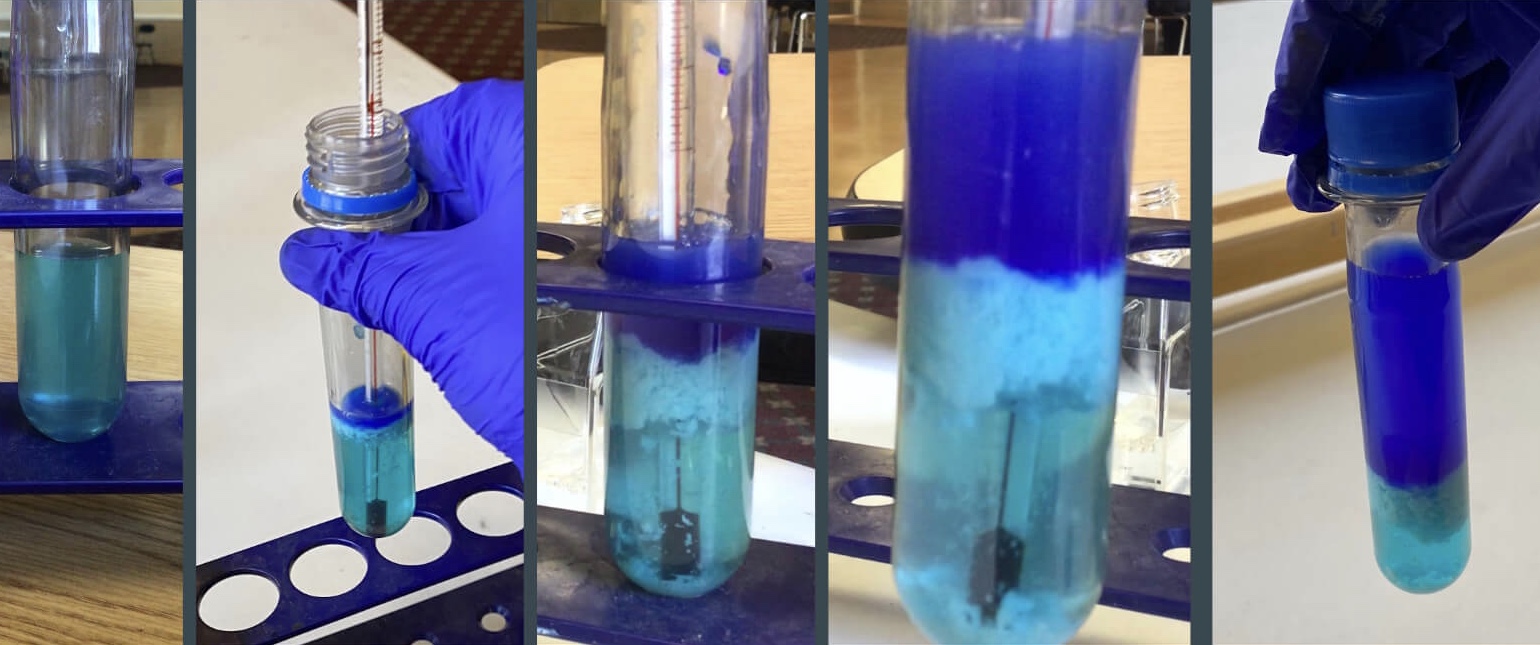
How to Cheaply Teach Chemical Reactions to Middle School
December 2022
I have found some ways to teach chemical reactions in my classroom that are dramatic and fun, but best of all, cheap!
Start With Some Background First
After learning about molecules and equations first, students may look at chemistry as “mathy”. They need to SEE the chemicals in action.
I was definitely reluctant to do labs in my middle school classroom until I started researching. I found some inexpensive and dramatic labs that captured the students immediately. Just putting on goggles and gloves sets an atmosphere of excitement!
As I said earlier, teaching how to balance equations feels very much like math class. Add an exciting, visually concrete component and watch the engagement increase!
In my post called 7 Steps to Teaching Chemistry to Middle School Students, I start out learning the basics of molecules, diagramming equations and then balancing them.
When we do the basic baking soda and vinegar lab, as an introduction to equations, I have the students wear goggles and gloves. I don’t tell them what chemicals they are using. I write sodium bicarbonate and acetic acid on the board and, for some reason, this causes a lot of excitement. They are finally using chemicals! They are all grown up now!
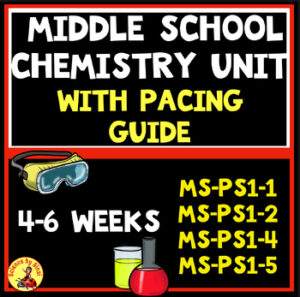
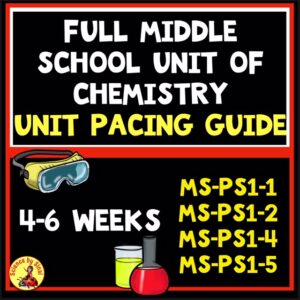
How Do We Know a Chemical Change is Happening?
How do we know a chemical reaction is happening in front of them? According to sciencing.com, there are seven things that indicate a chemical change is occurring.
- Gas bubbles
- Form of Precipitate
- Color Change
- Temperature Change
- Produces Light
- Volume Change
- Change in Smell or Taste
The Four Types of Reactions
Once we have reviewed each of the above, I introduce the four main types of reactions.
- Synthesis Reaction
- Decomposition Reaction
- Single Replacement Reaction
- Double Displacement Reaction
If you introduce these four types of equations with just letters such as A + B→C, the student’s eyes will glaze over. This inspired me to create an activity where the students use what I call “Weeble creatures” to demonstrate the “drama” that occurs during each of the types of reactions.
Yes, it gets silly but the kids love it and REMEMBER them!
I have the students create their own “stories” about each of the scenarios of the Weebles. They can be hilarious!
For example, Synthesis reactions involve each Weeble attending a party alone and then becoming friends and leaving together. Decomposition reactions involve two friends that came together and then something causes a split up and they go home separately. A Single Replacement reaction gets more complex as a Weeble couple comes to the party together and one comes alone. After the “reaction”, the one that came alone joins with one from the pair. The other, originally paired Weeble, goes home alone. Double Displacement has two Weeble pairs coming separately and, somewhere throughout the reaction, the pairs switch partners.
Of course, before I have them write their stories, we talk about being clean and kind.

Time to Do the Labs!
Now that these four types of reactions are very familiar with the students, it is time to do five different labs. When I show students the equations, for each lab, they immediately figure out which of the four types is being shown. This is completely due to the “Weeble” activity.
Students are actually eager to figure out which chemicals were joined, split or rearranged!
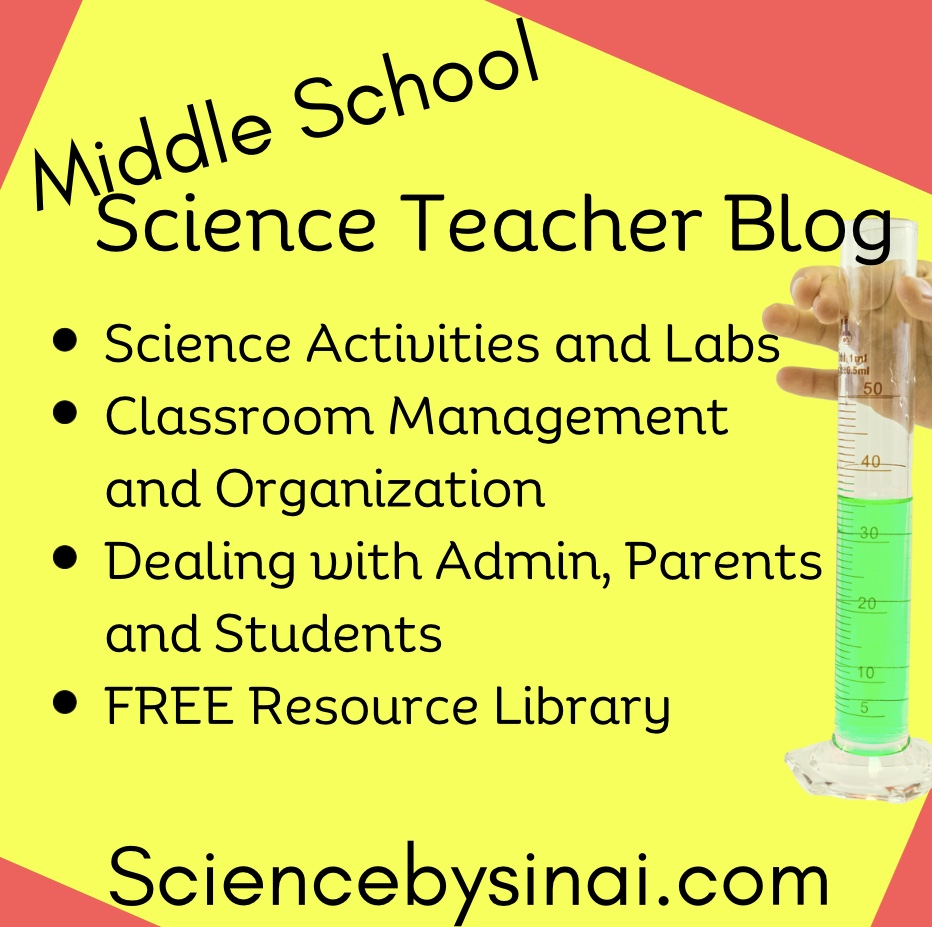
Inexpensive Materials to Gather to Teach Chemical Reactions
In order to complete these five chemical reactions,(there are two Double Displacement reactions), you will need to gather the following materials.
- Basic Classroom Supplies
- Goggles
- Gloves
- Test tubes or cups
- Graduated cylinder or measuring cup
- Eye droppers
- Thermometers
- Supermarket Supplies
Vinegar - Baking Soda
- Ammonia (in cleaning supplies)
- Ziplock bags
- Food color
- Dish soap
- Yeast packets
- Steel wool with NO SOAP(might need Amazon)
- Order Online
- Copper Sulfate Pentahydrate 1 Lb (about $4)
- Calcium Chloride 1 Lb (about $9.50)
- 3% Hydrogen Peroxide 16 oz (about $8)
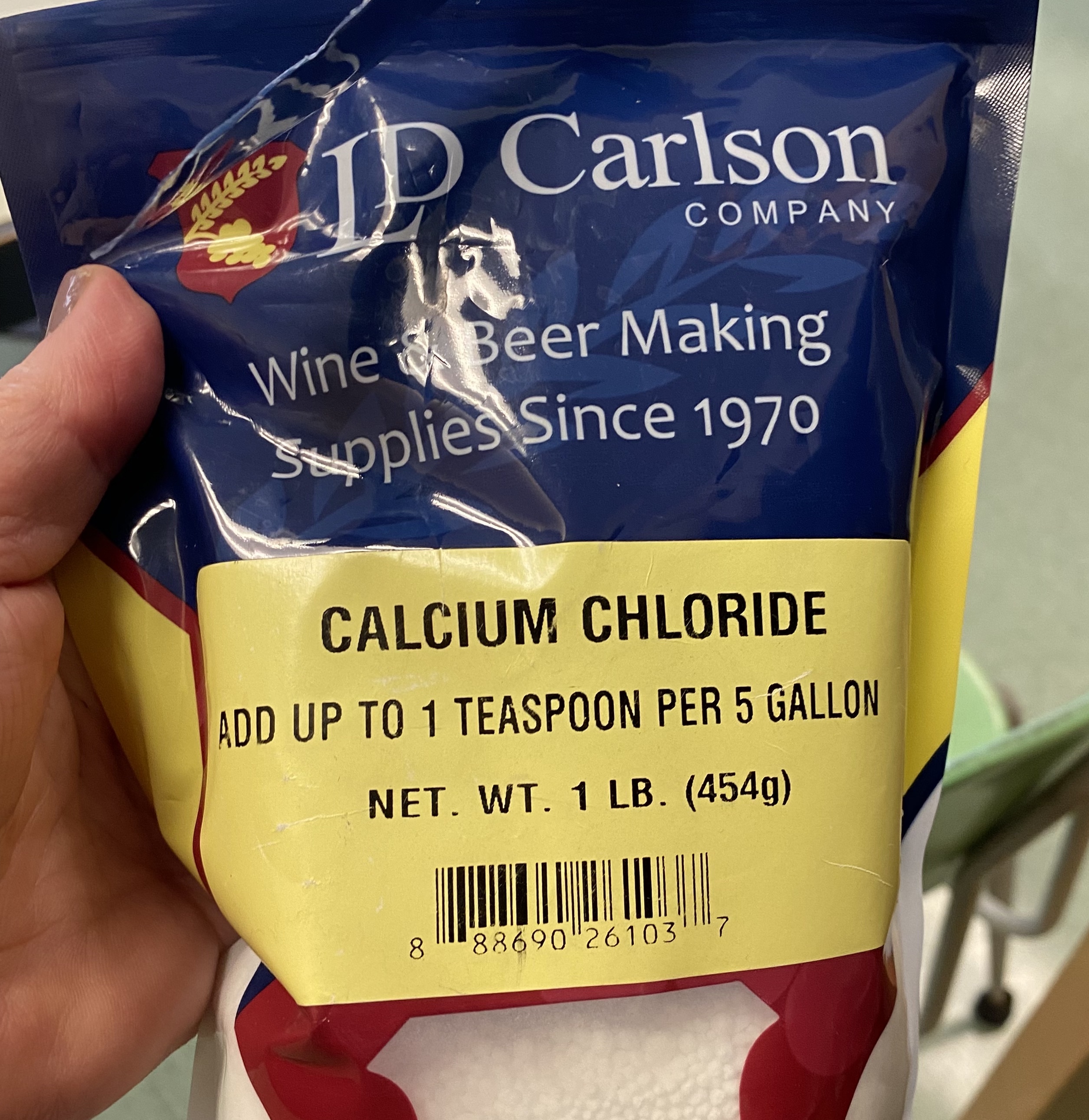
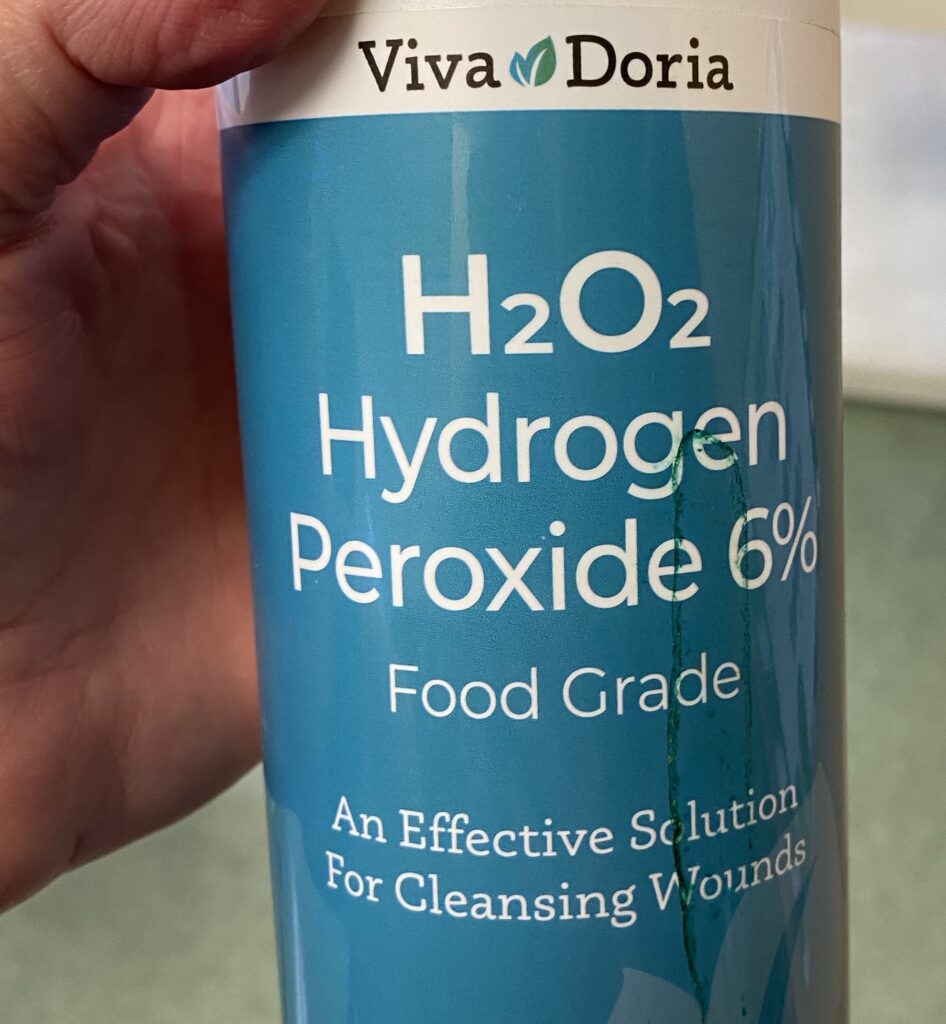
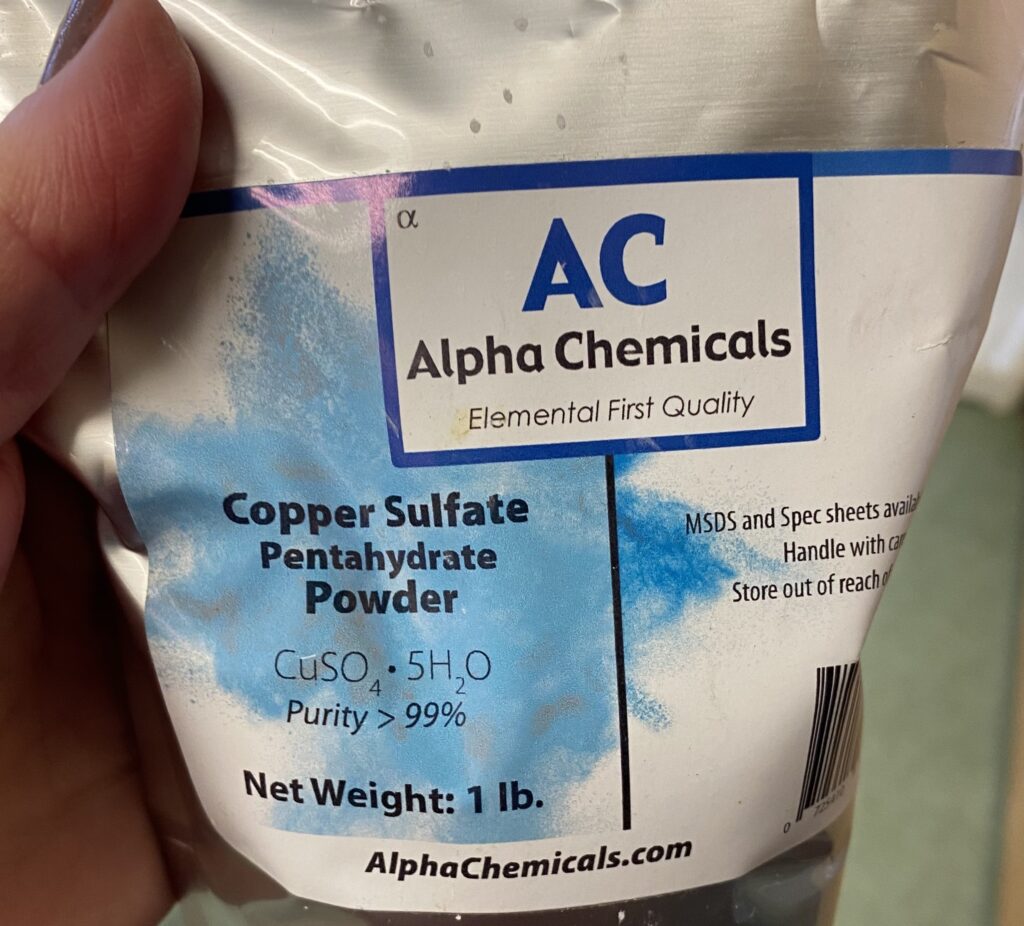

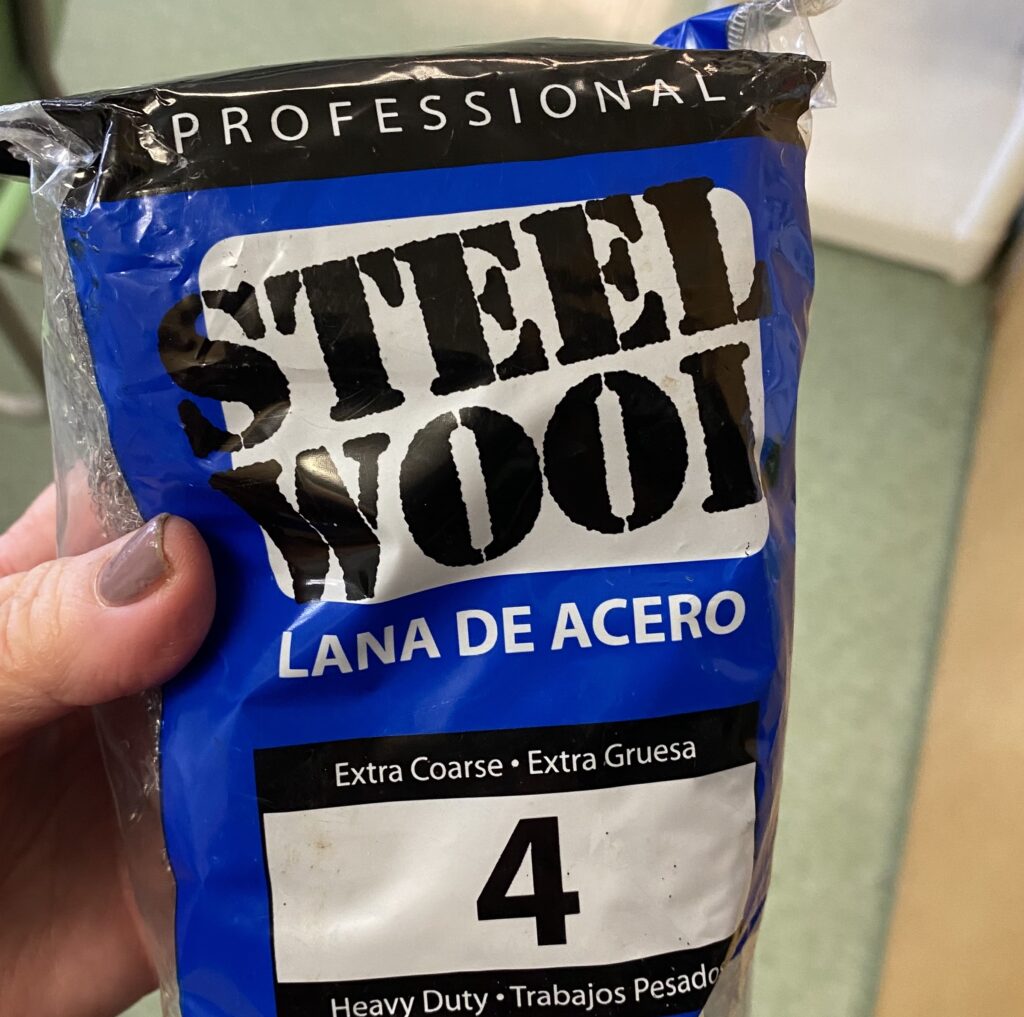
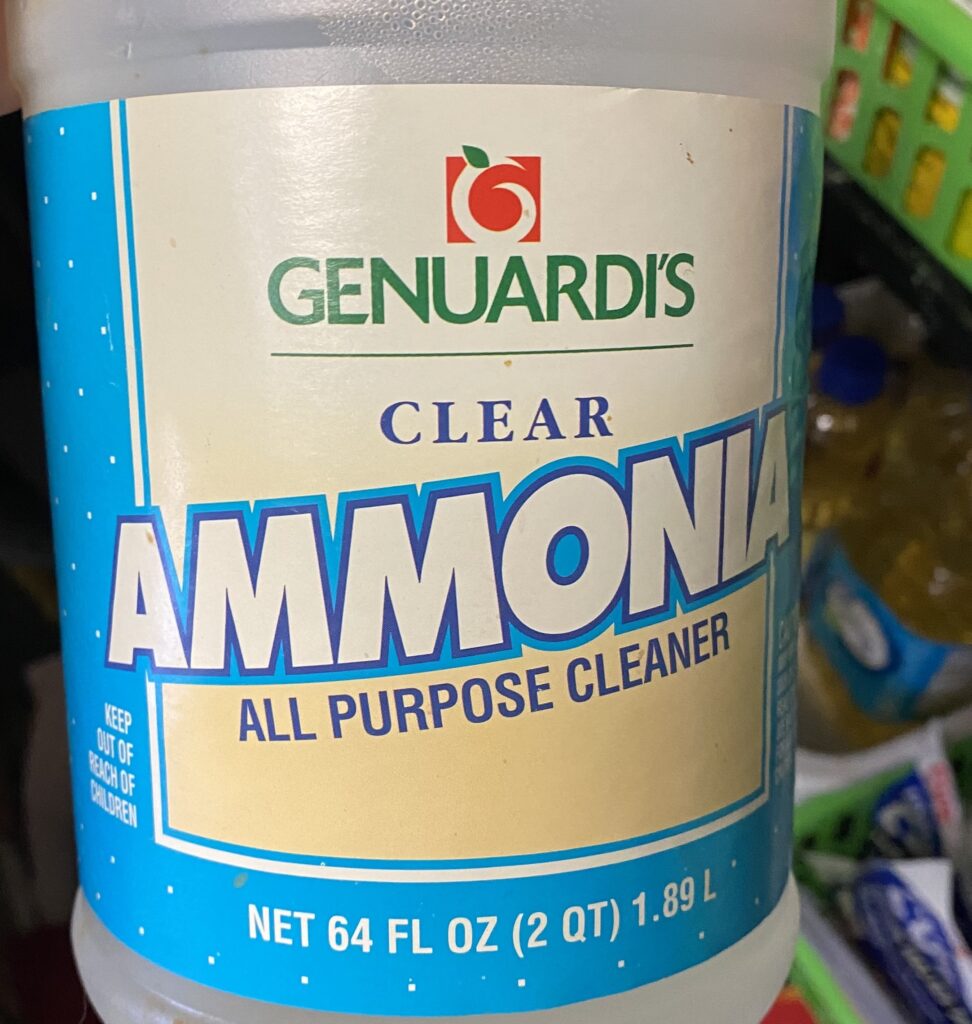
Single Replacement Reaction-Copper Sulfate and Iron
I start out with a Single Replacement reaction that uses the dramatically beautiful blue Copper Sulfate and some steel wool (no soap coating) as the Iron.
When the two chemicals are put together, the steel wool gets a reddish color around it. The students are almost guaranteed to assume that the steel wool has “rusted“.
It is very interesting to students that the coating on the iron is actually Copper that has come out of the solution. Copper is the “Weeble” that is now alone. Iron came alone and Copper Sulfate came together. Throughout the reaction, the Iron and the Sulfate created a compound and Copper was left alone.
This is also a great way to introduce the concept of exothermic by having the students measure the temperature increase during the reaction.
Fe + CuSO4 —> FeSO4 + Cu
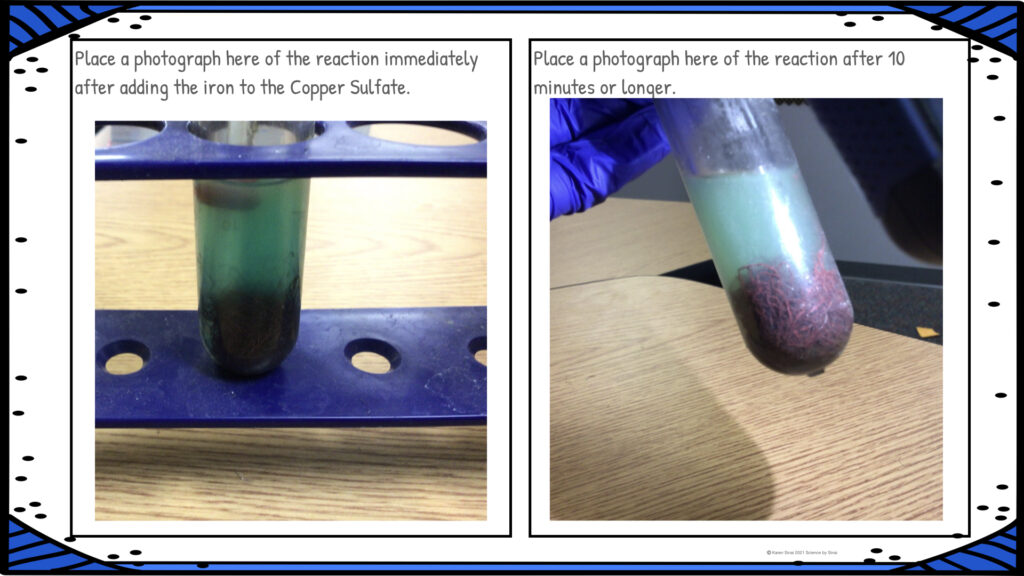
I use digital notebooks and iPads so we take a lot of pictures and videos. If not, you can take the pictures on your phone and project it for students to revisit the lab. I am also a big advocate of students drawing what they see.
Synthesis Reaction-Oxygen and Iron
We study a Synthesis reaction with vinegar and steel wool. This time it really is the rust on the steel wool. We can compare it to the lab above when it was Copper coating the steel wool.
4Fe + 3O₂ → 2Fe₂O₃
Most students don’t realize that the vinegar is NOT involved in the actual equation of creating rust. The vinegar simply eats away the protective covering that the manufacturer put on the steel wool. Removing this coating allows the Oxygen to reach the Iron to create Iron Oxide. We usually let the steel wool sit overnight and get a very good covering of rust.
When using the Weeble example, the Iron and the Oxygen came into the reaction separately and then they become one compound.
We also use the term exothermic as we use a thermometer to see the slight increase in temperature as the reaction progresses.
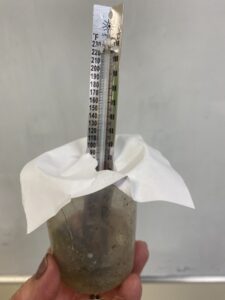
Double Displacement Reaction-Sodium Bicarbonate and Calcium Chloride
A simple but dramatic Double Displacement reaction involves using Sodium Bicarbonate(baking soda) and Calcium Chloride in a Ziploc bag. The two chemicals are added to the bag, along with some water, and there are multiple signs of a chemical change to observe. There is a lot of bubbling, and gas is released, which inflates the bag. The bag itself also gets warm.
The students observe the two compounds that come into the reaction and then they switch partners during Double Displacement.
2NaHCO₃ + CaCl₂ → CaCO₃ + CO₂ + 2NaCl + H₂O
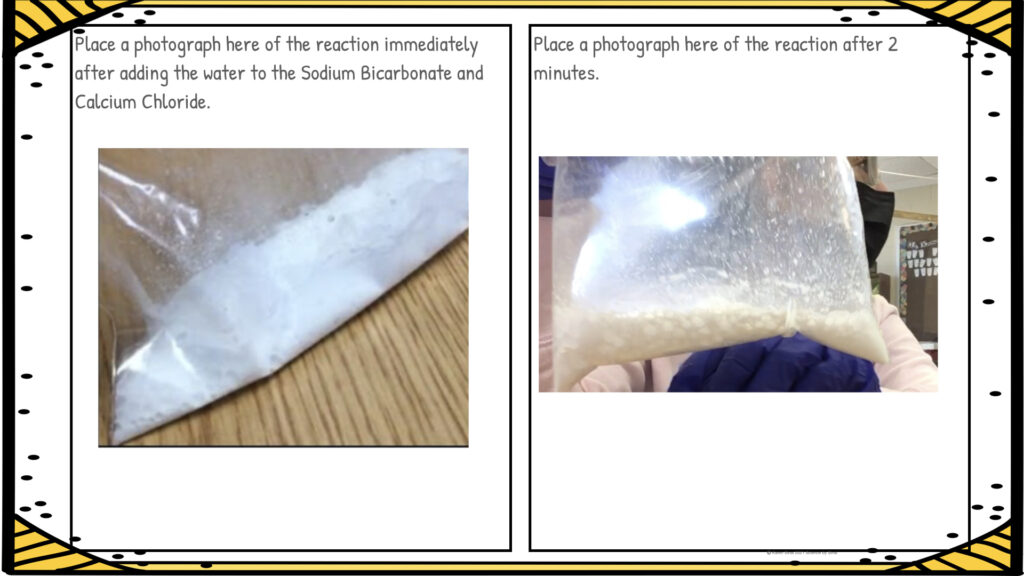
Decomposition Reaction-Elephant Toothpaste
A super fun way of showing a Decomposition Reaction is making elephant toothpaste! I do it the inexpensive way but it’s still very dramatic and the kids love it.
This lab helps introduced the word catalyst, which in this case is the yeast. We use 3% Hydrogen Peroxide, some food coloring and soap to help with the drama.
When the students feel the foam they will notice warmth because of the exothermic nature of the reaction. Students will learn that the Hydrogen Peroxide comes into the reaction as a compound and then it is split. You will definitely want to take lots of pictures and videos of this fun lab!
2H₂O₂ → 2H₂O + O₂
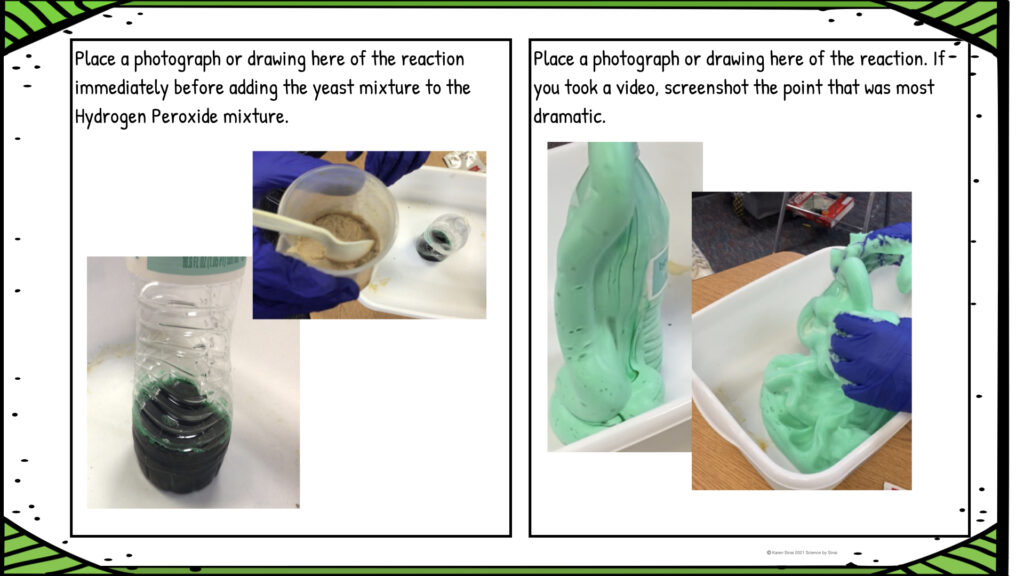
Another Double Displacement Reaction-Copper Sulfate and Ammonium Hydroxide
After the students have worked with chemicals for several days, I feel comfortable to let them work with Copper Sulfate and Ammonia. This is another example of a Double Displacement lab.
We talk about being very careful about breathing in fumes and how to use the wafting motion when smelling a substance in the laboratory.
Students slowly add drops of Ammonium Hydroxide to the Copper Sulfate solution. There is a very pretty color change along with an obvious precipitate.
CuSO₄ + 2NH₄OH →(NH₄)₂SO₄ + Cu(OH)₂⬇️
This reaction actually goes into a second chemical reaction as the Ammonia drops are increased. This leads into some interesting discussions about chemical proportions and secondary reactions. In the answer key of this product I explain the second chemical reaction.
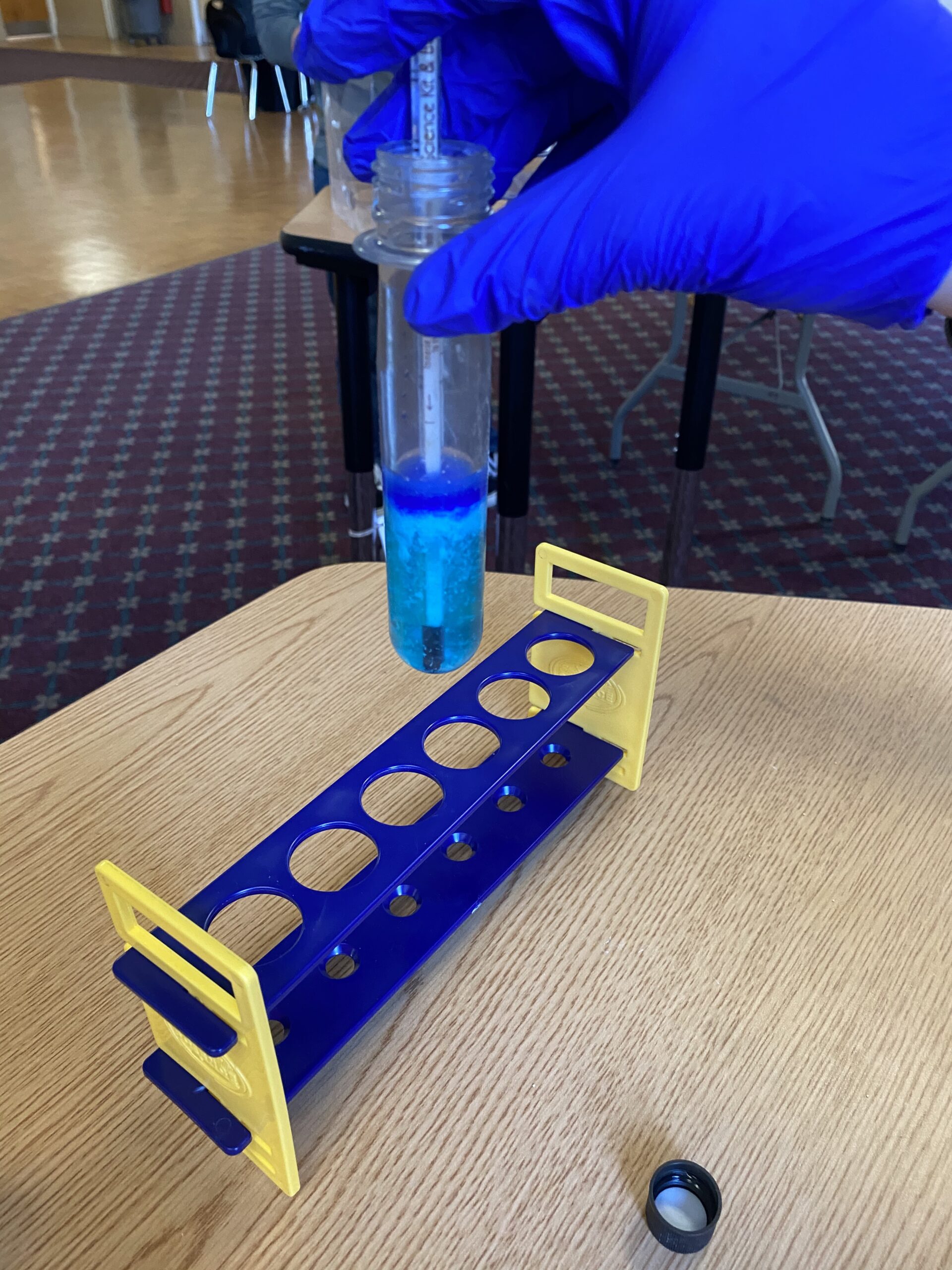
A Bundled Unit For You!
I have taken these five reactions(plus the “Weeble” activity) and put them into a bundle in my Teachers Pay Teachers store. Each of these labs are set up in a lab report style, graphic organizer. Students read directions and then fill out the results and conclusions.
They can be printed or they can be used digitally. I have spaces for photographs and drawings. By the time students finish this reaction bundle, they have a very good understanding of the basic four types of reactions plus some good vocabulary. I also have a bundle available which covers my entire middle school Chemistry unit.
Two new products to check understanding:
